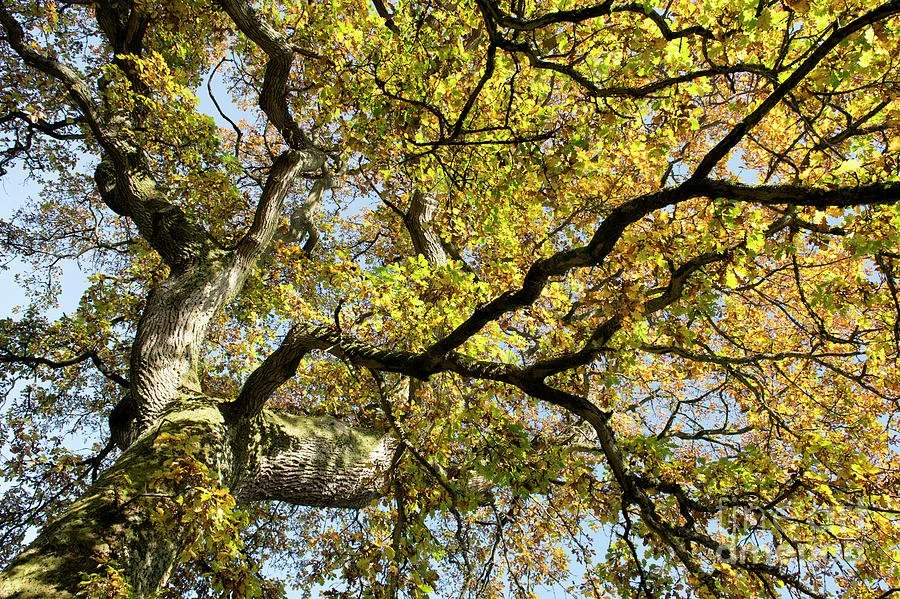DCC’s property houses SIXTEEN mature Oak trees.
“If you’re looking for one of the single most impactful trees to plant for wildlife and ecosystem health, look no further than the mighty oak. Oaks are keystone species—meaning they play a disproportionately large role in supporting biodiversity compared to other trees. Whether you have a sprawling backyard, a small garden, or a larger conservation project, planting an oak is one of the best things you can do for the environment.
Oak Trees Support More Wildlife Than Any Other Tree
One of the biggest reasons oaks are biodiversity powerhouses is that they host more insect species than any other tree in North America. According to research by entomologist Dr. Doug Tallamy, oaks support over 900 species of caterpillars in the U.S. alone. In contrast, the next best native tree, the cherry (Prunus spp.), supports around 450.
Why does this matter? Because caterpillars are the foundation of the food web. Birds, small mammals, reptiles, and amphibians all rely on caterpillars as a crucial food source, especially when raising their young. A single pair of chickadees, for example, needs to collect 6,000–9,000 caterpillars to raise one brood of chicks successfully. Without native trees like oaks to support those insects, bird populations suffer.
Other Wildlife That Oaks Support:
Acorns provide a food source for over 100 species of mammals and birds, including squirrels, deer, turkeys, woodpeckers, and blue jays.
Leaves and twigs feed caterpillars, beetles, and other insects.
Bark and wood host fungi, lichens, and burrowing insects that attract woodpeckers and other foragers.
Dead trees and fallen logs provide habitat for salamanders, reptiles, and decomposers like beetles and fungi.
In short, oak trees feed the ecosystem from root to canopy.
Oaks Improve Soil and Water Health
Beyond supporting wildlife, oak trees play a huge role in stabilizing and enriching soil.
Deep Roots Prevent Erosion: Oaks have deep, strong root systems that anchor soil, preventing runoff and erosion. This makes them excellent choices for stabilizing slopes and streambanks.
Leaf Litter Builds Healthy Soil: Oak leaves decompose slowly, creating a rich, nutrient-dense humus that improves soil fertility. This fosters underground biodiversity, supporting fungi, bacteria, and invertebrates that contribute to soil health.
Water Retention and Filtration: The extensive root networks of oaks help absorb and filter rainwater, reducing flooding and protecting local water sources.
Oak Trees Provide Critical Habitat & Nesting SITES
Because they can grow for centuries, oaks provide long-term shelter for countless species.
Cavity-nesting birds like owls, woodpeckers, chickadees, and nuthatches frequently nest in old oaks.
Bats roost in oak tree bark and crevices, feeding on the insects attracted to the tree.
Small mammals like flying squirrels and chipmunks use oaks for shelter.
Pollinators such as bees, butterflies, and moths rely on oak flowers and leaves.
Even when an oak tree dies, it continues supporting life—becoming a home for fungi, insects, and woodpeckers while enriching the soil for future generations of trees.”

